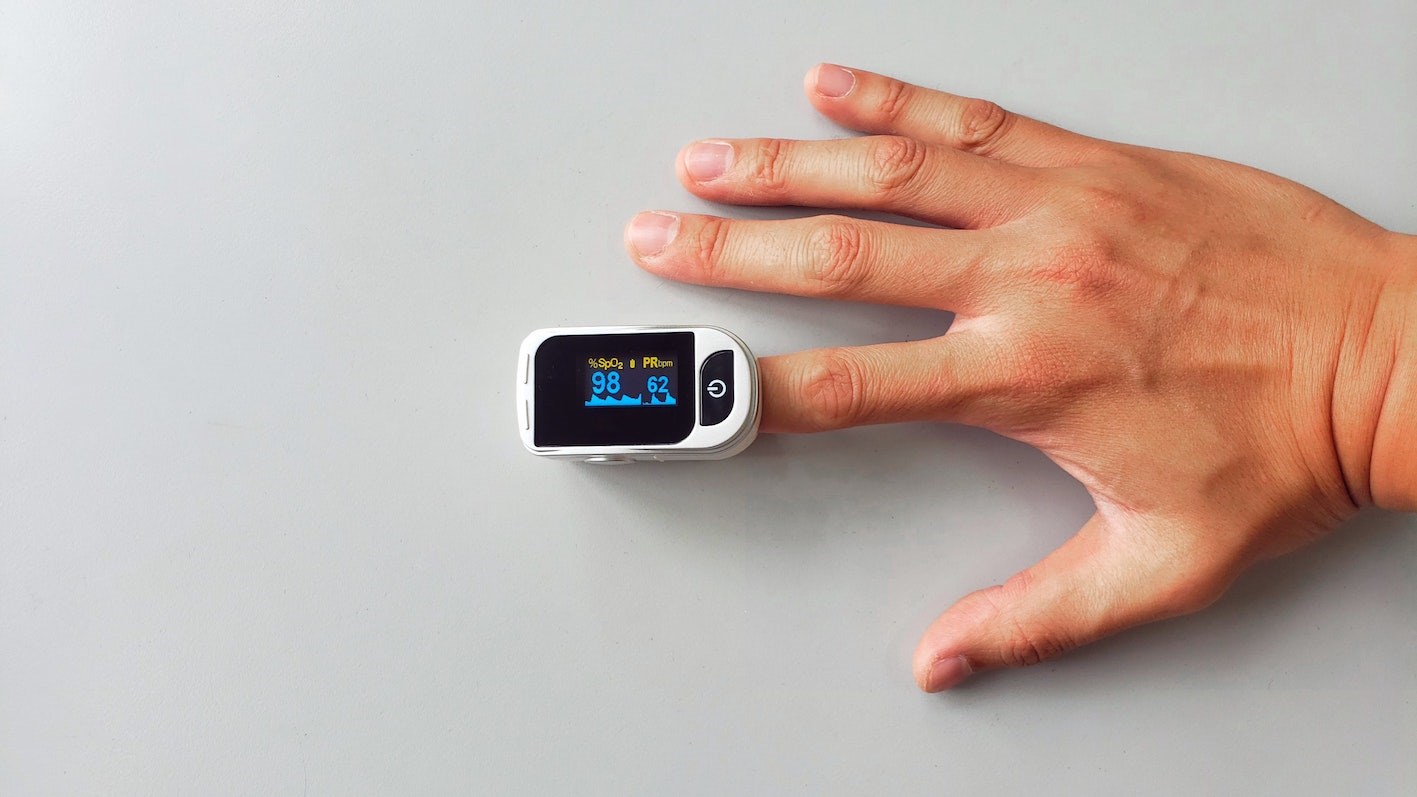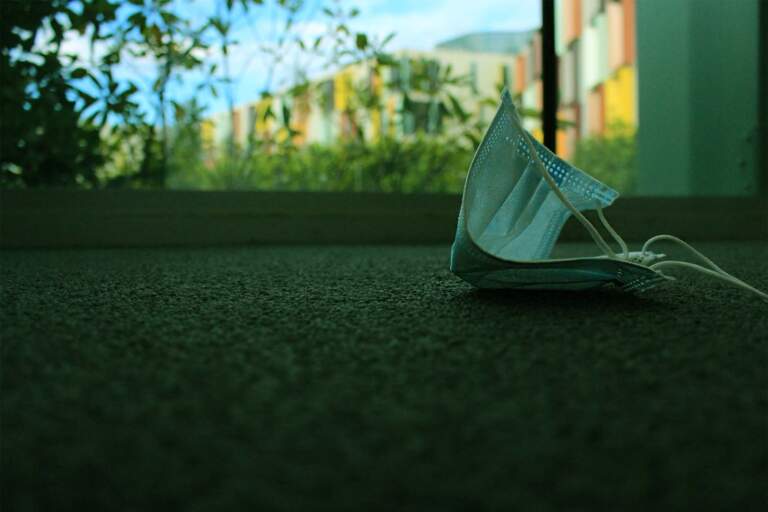
Pulse Oximeters Everything You Need To Know
What Is a Pulse Oximeter?
A pulse oximeter is a safe, portable medical tool used to help determine wellbeing through pulse rate and oxygen saturation (the amount of oxygen held in your body’s bloodstream). It is a quick, painless, and reliable procedure that can monitor one’s health and wellbeing for short and long-term periods.
How Does a Pulse Oximeter Work & What Does it Measure?
A pulse oximeter is a small clip-on device that, when attached to your finger, will send light beams into its capillaries to measure and calculate the amount of blood in your oxygen and read your heart rate to check your wellbeing.
Why Is It Important to Check Your Oxygen Levels?
Oxygen keeps us all moving – it’s the energy fuel we need to get us going every day and supports our immune system. But when your oxygen levels are low, due to sickness or a medical health condition, it can prevent your body from functioning correctly and cause fatigue, otherwise known as Hypoxemia, which can cause headaches and shortness of breath. A pulse oximeter allows you to monitor your oxygen levels and help you work out when you may need more of it, whether that be during exercise or while you’re relaxing. It also helps you determine when you need medical assistance for an abnormal, low oxygen level.
How To Use a Pulse Oximeter?
Using a pulse oximeter is fast and straightforward. However, before you begin, there are some things you should do to ensure you get an accurate reading, including:
1. Checking your body is relaxed, and your heart rate isn’t elevated.
2. Ensuring your hands are warm and are resting below your heart; this will help guarantee there’s enough blood running through your hands for a precise reading.
3. Make sure you’ve taken off any jewellery, nail polish, or fake nails, as these factors can interfere with the oximeter and lead to inaccurate results.
Once your hands are clean and warm, simply turn on the device and slip it onto your finger – you may feel some pressure when you do this, but it shouldn’t hurt. Keep the oximeter in place until it’s done reading your vitals (this should only take a couple of seconds), then simply remove it when completed; it’s genuinely that simple.
Tip: If you’re prescribed a pulse oximeter for a health condition or disease, it can be beneficial to consult your doctor if you have any questions.
How Do You Read a Pulse Oximeter?
Once the pulse oximeter has read your vital signs, it will display two numbers on the screen: Your oxygen saturation levels and your heart rate. Your oxygen saturation levels should be represented under the title SpO2 (an abbreviated term for oxygen saturation), and your pulse should be presented either next to or below that.
What Is a Normal Resting Heart Rate & Oxygen Saturation Level?
So, you can always accurately interpret your pulse oximeter’s readings; it’s worth taking note of what a regular heart rate and oxygen level are.
For adults, a normal resting heart rate is anything that ranges from 60 to 100 beats per minute.
When checking your oxygen levels, anything above 90 per cent is considered normal, according to the Lung Foundation Australia. Anything under 90 per cent, and you should consult a doctor or seek medical assistance. However, it is essential to note that results may vary if you’re living with a disease or condition (e.g., a lung condition).
Tip: Pulse oximeters are generally more accurate when the oxygen levels are above 90 per cent. Anything below, and they can begin to become less reliable depending on the make and model.
Are Pulse Oximeters Accurate?
The reliability of a pulse oximeter depends on the brand and sensors it comes with. Most of the time, pulse oximeters are most reliable when the oxygen saturation levels are higher than 85-90%. A prescription pulse oximeter that is FDA approved is generally far more dependable than an over-the-counter pulse oximeter. However, it’s important to remember that all pulse oximeter models have different accuracy levels that can vary a few per cent above or below. For example, suppose your oxygen level comes up as 90% on the pulse oximeter. In that case, it could actually be anywhere between 86-94 per cent, which is why it’s essential to take multiple readings over time to get an average, more precise number.
There are also several factors that can impact the reliability of a pulse oximeter’s reading, including:
-
– fake nails
-
– Nail polish
-
– cold hands
-
– Smoking
Tip: It’s a good idea to refer to the product’s description or check the brand’s website to understand how accurate that particular pulse oximeter is.
Who Can Use a Pulse Oximeter?
If you suffer from a lung, heart, chest or circulatory disease, your doctor might advise you to get a pulse oximeter to monitor your health without the need for constant medical attention. However, anyone above the age of one can use a pulse oximeter: adults, health professionals, sports enthusiasts, and children. They are a beneficial medical tool that can be used in any home, and you can even use them to help monitor your symptoms if you have COVID-19.
Where To Buy Pulse Oximeters?
MyDeal has a wide selection of quality and reliable pulse oximeters available at affordable prices. Whether you’re looking for one that can connect to your phone or one that comes with a thermometer, we’re sure to have a suitable option for you online.
On the market for more health care devices? Don’t forget to check out our collection of medical thermometers, muscle stimulators and CPAP machines and masks.







